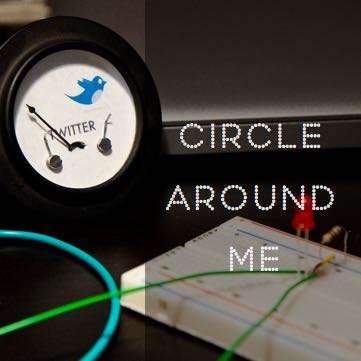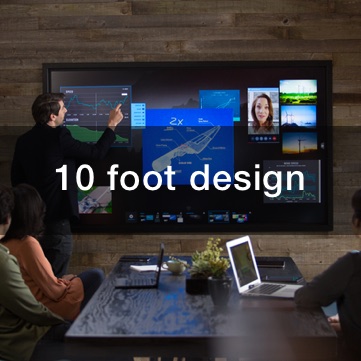
Shopster
Shopster is like a good friend who helps you with all your grocery shopping, from making lists to buying things from the store.
- Let's you share your lists with your friends and family members
- Reminds you things which you might have forgetten to add to your list
- Helps you get reviews from your trusted sources
- Provides instore navigation to help find your items easily
Domain Research
According to the U.S. Department of Commerce have reached a seasonally adjusted rate of 7.7% of all retail sales at the end of 2014 [1]. However, PriceWaterhouseCoopers reveals that 83% of consumers still shop in brick-and-mortar stores [2].
Factors driving sales in physical stores:
- Physically inspection of items = Satisfaction
- Integral part of family bonding
- Stress relief for hardworking individuals
- Element of surprise with new products in stores
Our team decided to address the problems with shopping in physical stores using technology. Contextual design methods were applied to the application domain of shopping for groceries and household items.
Contextual Interviews
Contextual interviews were conducted with three representative users to gather observational data on their current shopping practices at home generating a shopping list and then in a store fulfilling the shopping list.
User 1 - Graduate Student
User 2 - Stay at home Wife
User 3 - An Indian Family in the US
Consolidated Work Models
We had sketched out the flow, sequence, physical, artifact and cultural models for each individual user. This gave a deeper understanding of end goals of each user.
The consolidated work models helped reveal roles, coordination, artifacts, influences, intents, and breakdowns in the physical contexts of both the home and store. Many of the current intents and breakdowns revolve around the generation and use of the shopping list, an essential artifact in this process in both contexts.
Affinity Diagram
Key areas of concern in the home context of generating the shopping list
- Requires checking multiple areas at home to determine needs
- Repetitive process to generate list before each shopping trip
- High dependency on frequent communication and memory for collaboration
Key areas of concern in the store context of fulfilling the shopping list
- Not being familiar with the layout of the store
- Going back and forth in aisles searching for items
- Needing recommendations and detailed information on unfamiliar items/brands
Consolidated Vision
Building upon the emergent themes from the affinity diagram and the breakdowns observed in the work models, several possible solutions were envisioned.
The best and most feasible design ideas were selected to generate a consolidated vision that encompasses both the home and store contexts of use, potentially offering a holistic solution for household and grocery shopping.
| Communication Nodes | Interaction | |
| System Core | Shopper | Manages List |
| List | Suggests Items | |
| App Database | Log History | |
| Home Context | Household Members | View List and Add Items |
| Store Context | Store Database | Layout and Inventory Info |
| Friends | Reviews and Recommendation |
StoryBoards
In the home context, the shopping list app can provide suggestions of items that are likely to need restocking based on purchase patterns. This feature can help reduce the requirement to check all areas of the household before shopping trips.
User Environment Design
Based on the consolidated vision and storyboards, a conceptual design of the application was developed as a User Environment Design (UED) diagram to document the focus areas and functions that would support the users’ work model. The UED diagram distinguishes between user-initiated functions and system-initiated functions, as well as identifying links and objects within each focus area.
Wireframes
Wireframes of the mobile app were built based on the UED diagram. These wireframes were iterated upon based on user feedback.


